Tea Plant
Interactions
Camellia sinensis
forms a
mutualistic relationship with
Glomermycota fungi. This interaction has
aided both species of organisms to
survive, because each profit from the endo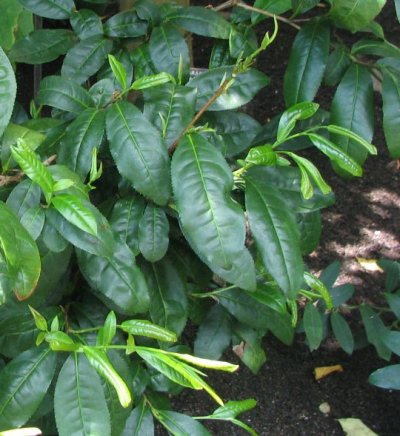 mycorrhizae mutualism. The
Glomermycota fungi’s niche is at the
roots of the tea plants. The fungi increases the surface area of
the roots. Consequently, the
roots are able to take in
more water and
nutrients than without the fungi. In
return, the Glomermycota fungi
receive
glucose from the
plant,
which provides the fungi with energy. Furthermore, the tea plant
provides a home
for the Glomermycota fungi.
Overall, this relationship creates a
well-adapted plant!
mycorrhizae mutualism. The
Glomermycota fungi’s niche is at the
roots of the tea plants. The fungi increases the surface area of
the roots. Consequently, the
roots are able to take in
more water and
nutrients than without the fungi. In
return, the Glomermycota fungi
receive
glucose from the
plant,
which provides the fungi with energy. Furthermore, the tea plant
provides a home
for the Glomermycota fungi.
Overall, this relationship creates a
well-adapted plant!
As well as its mutualistic
relationship,
Camellia
sinensis becomes a part of
a communalism relationsh ip.
Cephaleuros virescens,
an
algae,
benefits from the relationship and
C. sinensis
is
virtually unaffected. The only thing
truly affected on the plant is its
taste, but the plant is unharmed.
ip.
Cephaleuros virescens,
an
algae,
benefits from the relationship and
C. sinensis
is
virtually unaffected. The only thing
truly affected on the plant is its
taste, but the plant is unharmed.
In addition to the communalism and mutualism that Camellia sinensis experiences, there are about 150 insect and 380 fungal parasites that prey on tea plants. One parasitism the tea plants experience is because of the fungi Exobasidium vexans,
which is known as the blister blight. This fungi is the mos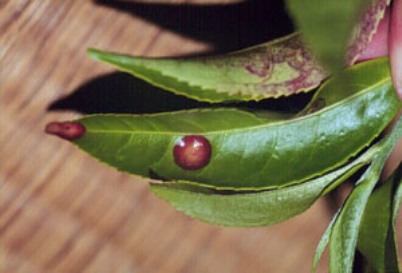 t
dangerous towards a tea plant because it
affects the stem of the tea, and this
fungi has the ability to act and spread
quickly. When the spores of the fungi
first reach the leave, it takes about ten days
for the fungi to penetrate the leaf.
This infection will ultimately kill the plant. This fungi
usually occurs in the most abundant
tea-growing areas of Asia.
t
dangerous towards a tea plant because it
affects the stem of the tea, and this
fungi has the ability to act and spread
quickly. When the spores of the fungi
first reach the leave, it takes about ten days
for the fungi to penetrate the leaf.
This infection will ultimately kill the plant. This fungi
usually occurs in the most abundant
tea-growing areas of Asia.
Another parasite that infects Camellia sinensis is the fungus Marasmius crinisequi, which i
s more commonly known as horse hair blight. This fungi has black fungal threads that r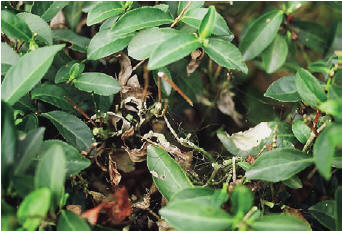 esemble horse hair and these attach to
C. sinensis' branches. This fungi produces a
deadly substance that causes swift death
to the plant. This fungi extends its
hair-like threads in order to reach
other branches and plants, thus
it has the ability to destroy many tea
plants.
esemble horse hair and these attach to
C. sinensis' branches. This fungi produces a
deadly substance that causes swift death
to the plant. This fungi extends its
hair-like threads in order to reach
other branches and plants, thus
it has the ability to destroy many tea
plants.
A
different fungi that preys on the tea
plants is Macrophoma
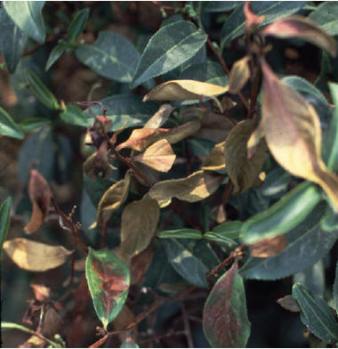 theicola
theicola
In addition to
insect and fungal parasitism, nematodes also prey on tea plants.
Nematodes feed on the stem and roots of
Camellia sinensis,
creating an
inflammation on the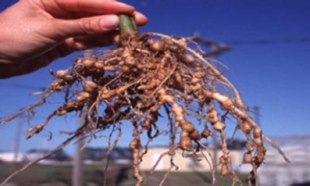 roots.
Rotting
ensues and the uptake of water and
nutrients is reduced, which leads to the
death of many tea plants.
roots.
Rotting
ensues and the uptake of water and
nutrients is reduced, which leads to the
death of many tea plants.
These interactions are interesting, but there are more Interesting Facts next!
Copyright © 2007, Design by: Sunlight webdesign